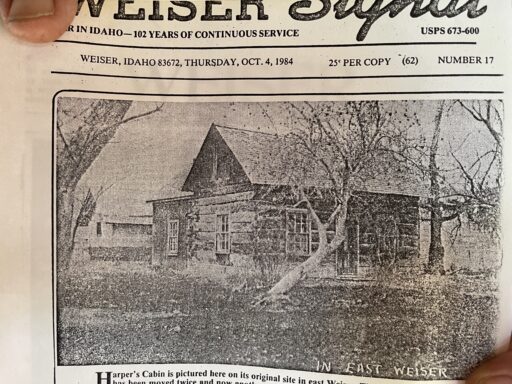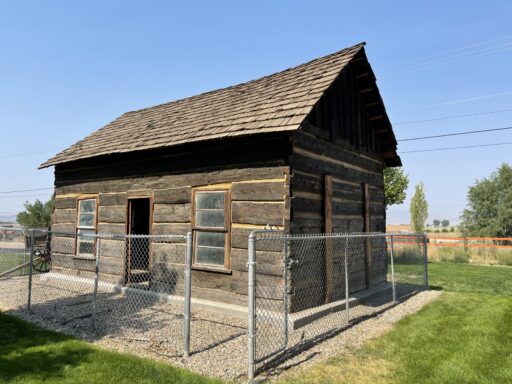Snake River Heritage Center (Hooker Hall)
Weiser & Surrounding Area, Washington County
- Grants: 1998, 2000, 2006. 2009, 2013, 2021 (Structural assessment, wall stabilization, window/door repair)
Location: 2295 Paddock Avenue, Weiser, Idaho 83672
The Snake River Heritage Center currently occupies Hooker Hall, a five-story poured and scored concrete building with a four-sided clock tower, of the former Intermountain Institute building. Reverend Edward Paddock, Jane Slocum, and Thomas Maryatt founded the Institute in 1899, and by 1923 it had the largest payroll in Washington County. Reverend Paddock offered young people a chance at an education in exchange for five hours of daily labor. Donors to the Institute included Teddy Roosevelt, George Eastman, and Kimball Piano Company. The school was devastated by the Great Depression, and its assets were sold to benefit the College of Idaho and Whitman College, and the school used by Weiser School District until 1967.
On the grounds of the Snake River Heritage Center is The Harper Cabin, which was built in 1880 at 12th & Park streets in Weiser by William Harper and his family. It is a one-room fir log cabin. At some stages, the single room included a partition wall that created a bedroom space for the women and girls and a lean-to addition at the back that served as a kitchen and sleeping area for boys. Surprisingly, a family hard on their luck was invited to move into the shallow attic space for a time, and a child was even born there.
William Harper died tragically in a ferry accident in 1883, but his wife and four children continued on in the cabin until 1924. From 1924 until 1944, the cabin was a rented residence and storeroom. One renter family suffered tragedy when a child drowned in the ditch in front of the cabin.
Since 1944, the cabin has been viewed as a local historic building and was gifted to various succeeding organizations to ensure its upkeep. During this time, it was moved three times, finally arriving in 1996 at the Intermountain Institute grounds where it still is today. At present, the cabin is a closed-off curiosity to the community and visitors. In 2021, restoration of the cabin began in earnest with the goal of opening up the site to the public and adorning it with historical artifacts of the time period. The restoration began with a thorough inspection by a structural engineer, and work will include stabilizing the walls, replacing and restoring windows and doors, replacing the fence for security purposes, and restoring the interior surfaces.
The site is in the National Register of Historic Places.





